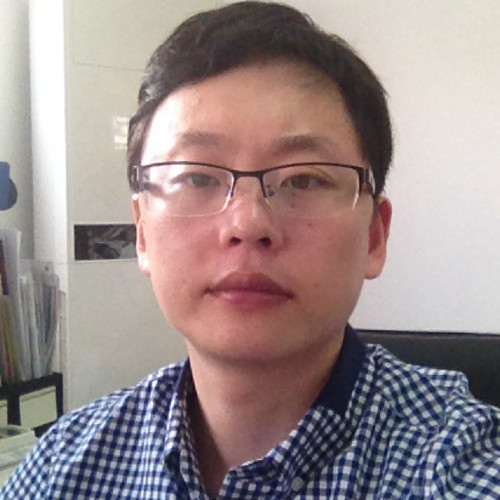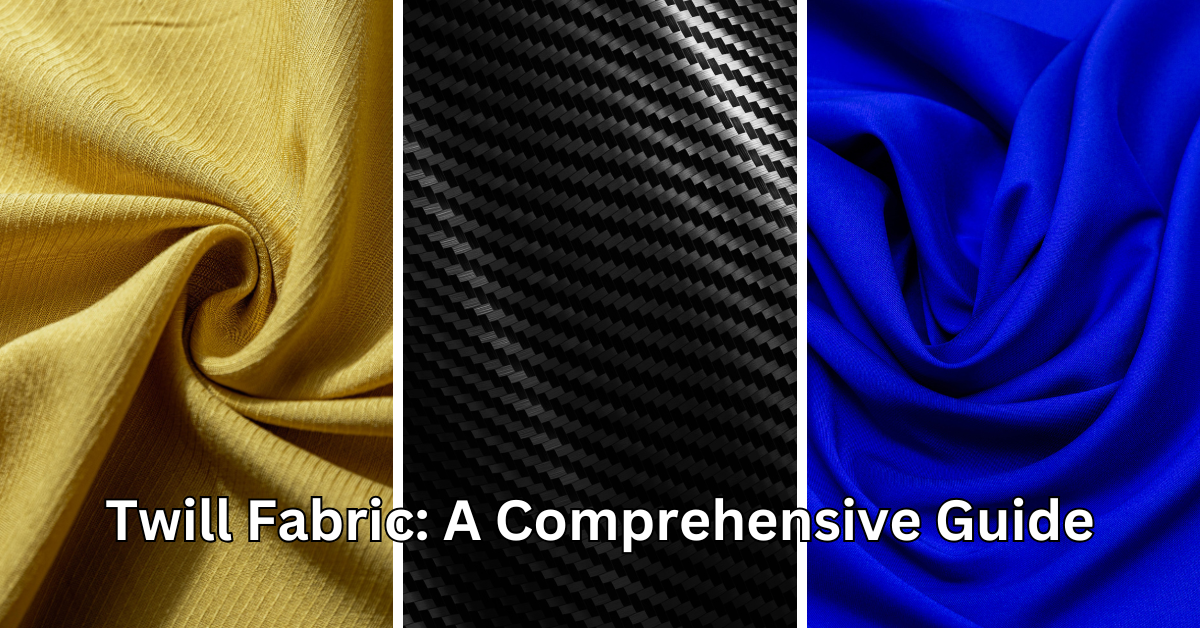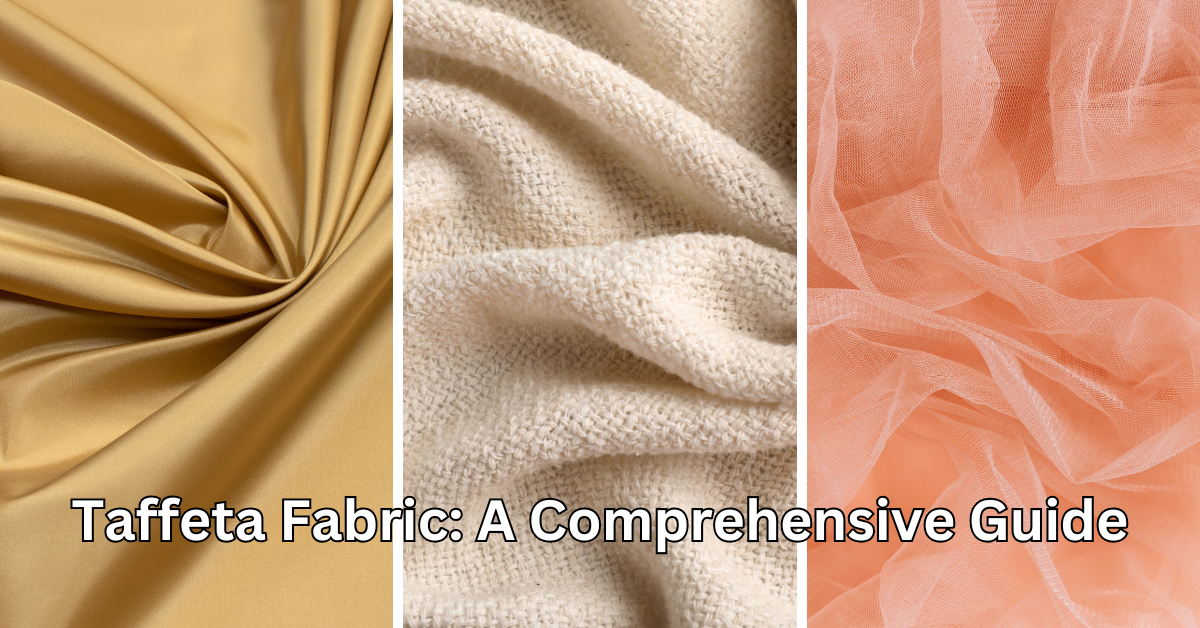Plain fabric is a staple in the textile industry. It is formed by the simplest and most common weaving technique, the plain weave. Plain fabric is characterized by its basic structure, durability, and versatility. In this article, we will explore plain fabric, its features, types, and the wide range of applications it offers.
Plain Fabric
Definition of Plain Fabric
Plain fabric refers to a type of textile created using the plain weave technique, where the weft thread (horizontal) alternates over and under the warp thread (vertical). This weave is the simplest of all weaving methods. It provides plain fabric its a characteristic flat and even surface. It’s the foundation for many other fabric types used in the textile industry.
Author of the Article
Zhengjibin
Director, SHAOXING CHUANGBIN TEXTILE CO., LTD.
chuangbin1104@foxmail.com
Historical Significance and Evolution
Plain weave fabric dates back to ancient civilizations, where it was initially crafted by hand. Over the years, it has evolved with the advent of modern machinery, making it one of the most commonly produced fabrics in the world. Today, plain weave fabrics are found in countless applications, from clothing to home furnishings, proving their enduring importance.
Characteristics of Plain Fabric
Weaving Technique of Plain Fabric
The plain weave is distinguished by its structure, where each weft thread passes over one warp thread and under the next, creating a balanced and durable fabric. This technique results in a fabric that is relatively flat, strong, and resistant to fraying. The fabric produced by plain weaving has a smooth texture, making it suitable for a wide range of uses.
Benefits of Using Plain Fabric
Plain fabric is well-known for its durability. The simple structure makes it resistant to wear and tear, and it holds up well under frequent use. It’s also very versatile, as it can be made from a variety of fibers, such as cotton, linen, and synthetic materials. Furthermore, plain fabrics are generally easy to dye and print, making them suitable for fashion and industrial applications.
Types of Plain Fabric
Plain fabric can be made from a variety of fibers, each offering unique qualities and uses.
Cotton Plain Fabric
Cotton plain fabric is one of the most popular types of plain fabric. It is soft, breathable, and comfortable, making it ideal for clothing such as shirts, dresses, and casual wear. Cotton is also highly absorbent, making it a preferred choice for bedding and towels. This fabric can be easily dyed, which allows for a wide range of colors and patterns.
Silk Plain Fabric
Silk plain fabric, while more luxurious and delicate, is created using the same plain weave technique. This fabric is smooth, shiny, and soft to the touch, making it ideal for high-end fashion garments, such as evening gowns and blouses. Silk’s natural sheen adds elegance to any fabric, and despite its delicate nature, it’s durable when cared for properly.
Wool Plain Fabric
Wool plain fabric is typically thicker and warmer than cotton or silk, making it ideal for colder climates. Its insulating properties help keep the body warm, and it’s commonly used for outerwear, suits, and blankets. Wool is also naturally resistant to wrinkles, which is an added benefit for everyday wear.
Applications of Plain Fabric
Plain fabric’s simplicity makes it adaptable to many different uses, from everyday wear to high-end fashion. Here are some common applications:
Fashion and Apparel
Plain fabric is a staple in the fashion industry. Its simplicity allows designers to focus on tailoring, textures, and colors. Whether it’s cotton for casual wear or silk for luxury items, plain fabric is integral to creating comfortable, stylish clothing.
Home Textiles
Plain fabric is widely used in the production of home textiles, including bed linens, curtains, and upholstery. The durability and ease of maintenance make it an ideal choice for items that require frequent washing or heavy use.
Industrial Uses
Plain fabric is also used in industrial textiles, such as in the production of tents, tarps, and work uniforms. Its strong, even structure ensures that it holds up under the stress of regular use and exposure to harsh elements.
Conclusion
In conclusion, plain fabric is an essential component in the textile industry due to its simplicity, durability, and versatility. From fashion to home textiles, it remains a cornerstone material used in a wide variety of products. Whether you are a designer, manufacturer, or consumer, understanding plain fabric’s characteristics and applications helps you appreciate its lasting role in the world of textiles.

Hi, I am Zhengjibin, the director of Shaoxing Chuangbin Textile Co., Ltd. Established in 2011, our company is located in Keqiao, Shaoxing, China, the international textile capital. We mainly produce and trade women’s clothing fabrics, such as satin, four-way stretch, chiffon, cey, and imitation acetate. Our products are sold in Dubai, Saudi Arabia, Yemen, Egypt, Syria, and Malaysia. We produce: Plain, Twill, Satin, four-way stretch, chiffon, cey, imitation, acetate, arusa, candy, taffeta, pongee.

